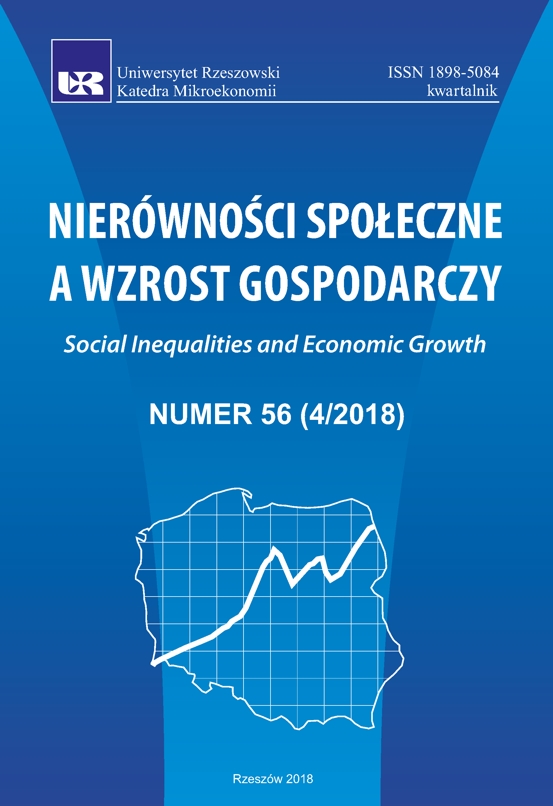Individual debt servicing ratio in the budgetary planning process of local government units
DOI:
https://doi.org/10.15584/nsawg.2018.4.9Keywords:
the numerical model of the indicator analysis, individual debt service indicator, budget planning process, local badget, long-term financial forecastAbstract
Budget planning in local government units is a continuous process. It is inseparably connected with the creation of the budget and the budget resolution for a given budget year, however, it does not end with the submission of the draft of this document and adoption by the constituting body. The budgetary planning process lasts throughout the financial year and is manifested in constant modifications of the plan of incomes, expenditures, revenues and expenditures made through relevant legal acts, i.e. the executive body’s order and the resolution of the decision-making body. The key factor having a direct impact on the discussed process is the individual debt servicing ratio, and in particular its maximum acceptable level indicating the limit values that local government units can not exceed. The achievement of long-term budget balance, while maintaining the appropriate level of individual debt ratio, with the constantly increasing number of tasks and the need to ensure an acceptable level of development, poses challenges for local governments related to the optimal use of available monetary resources. The limited resources of these resources therefore require reaching for returnable instruments for financing development, which directly affect the debt ratio, which indirectly influences the achievement of long-term budgetary balance. It seems necessary to select appropriate instruments and financial management tools that, using the available information, will support continuous monitoring of the size affecting the debt ratio in the budgetary planning process. The purpose of the article is to determine the cash amount of the operating surplus, which is the difference between the planned and acceptable level of the indebtedness of debt service. The main objective will be achieved by first determining the level of surplus of current income over current expenses at which there is a balance between the planned and admissible level of the debt ratio in the years covered by the debt forecast. This article will analyze the literature on the subject, legal acts in force, as well as the decisions of the supervisory authorities in financial matters. The goals presented above will be implemented using algebraic analysis of the individual debt service ratio and the use of derived patterns in the numerical model of the indicator analysis. The budget data coming from will be used to present the results from the Long-term Financial Forecast of the City of Radom for 2018–2037. In the last part of the article,there will be presented conclusions from the analysis.Downloads
Download data is not yet available.
Downloads
Published
2020-11-13
How to Cite
Grad, M. (2020). Individual debt servicing ratio in the budgetary planning process of local government units. Social Inequalities and Economic Growth, 4(56), 107–120. https://doi.org/10.15584/nsawg.2018.4.9
Issue
Section
Articles
License
Copyright (c) 2018 University of Rzeszow

This work is licensed under a Creative Commons Attribution-ShareAlike 4.0 International License.


